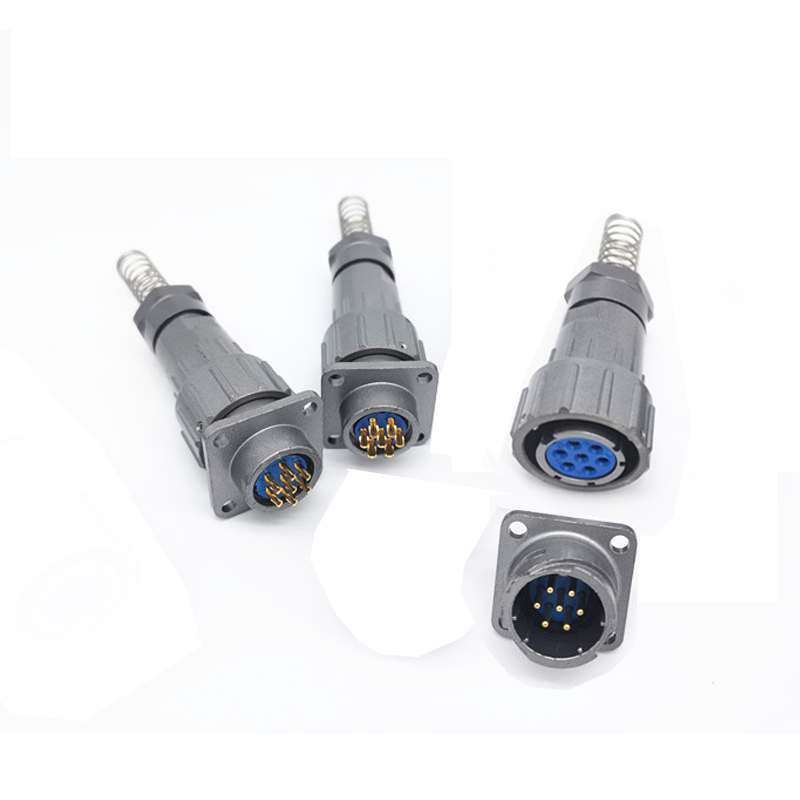- English
- Español
- Português
- русский
- Français
- 日本語
- Deutsch
- tiếng Việt
- Italiano
- Nederlands
- ภาษาไทย
- Polski
- 한국어
- Svenska
- magyar
- Malay
- বাংলা ভাষার
- Dansk
- Suomi
- हिन्दी
- Pilipino
- Türkçe
- Gaeilge
- العربية
- Indonesia
- Norsk
- تمل
- český
- ελληνικά
- український
- Javanese
- فارسی
- தமிழ்
- తెలుగు
- नेपाली
- Burmese
- български
- ລາວ
- Latine
- Қазақша
- Euskal
- Azərbaycan
- Slovenský jazyk
- Македонски
- Lietuvos
- Eesti Keel
- Română
- Slovenski
- मराठी
- Srpski језик
What are the requirements and safety requirements for connectors in the rail transit industry?
2025-05-23
The requirements and safety requirements for connectors in the rail transit industry mainly include the following aspects:
- Environmental adaptability: Rail transit connectors need to adapt to various environmental conditions, including normal and special environments. Special environmental conditions include high temperature, low temperature, vibration, humidity, etc.
- Structural requirements: The structure of the connector needs to meet specific design requirements, including installation location, identification and labeling, appearance and dimensions, structural and component requirements, etc.
- Electrical performance: The electrical performance of connectors is also a key indicator, including contact resistance, insulation resistance, dielectric strength, contact fixing, insulation mounting board fixing, etc.
- Mechanical performance: The mechanical performance requirements for connectors include tensile strength, connection force, misconnection protection, cable stress relief, durability, temperature range, and temperature rise.
- Protection level: The connector needs to reach a certain level of protection to prevent external factors from affecting its performance.
- Fireproof and flame retardant: The connector material needs to have fire-resistant and flame retardant properties to ensure that it will not intensify the fire in emergency situations such as fires.
- Shock and vibration: Connectors need to be able to withstand certain shocks and vibrations to ensure stable operation in rail transit.
- Identification and labeling: Connectors need to have clear identification and labeling for easy installation and maintenance.
- Interchangeability: Connectors need to meet certain interchangeability requirements to ensure that products from different batches or suppliers can be used interchangeably.

These requirements aim to ensure the reliability and safety of connectors in rail transit, preventing signal transmission interruptions or control system failures caused by connector failures.



